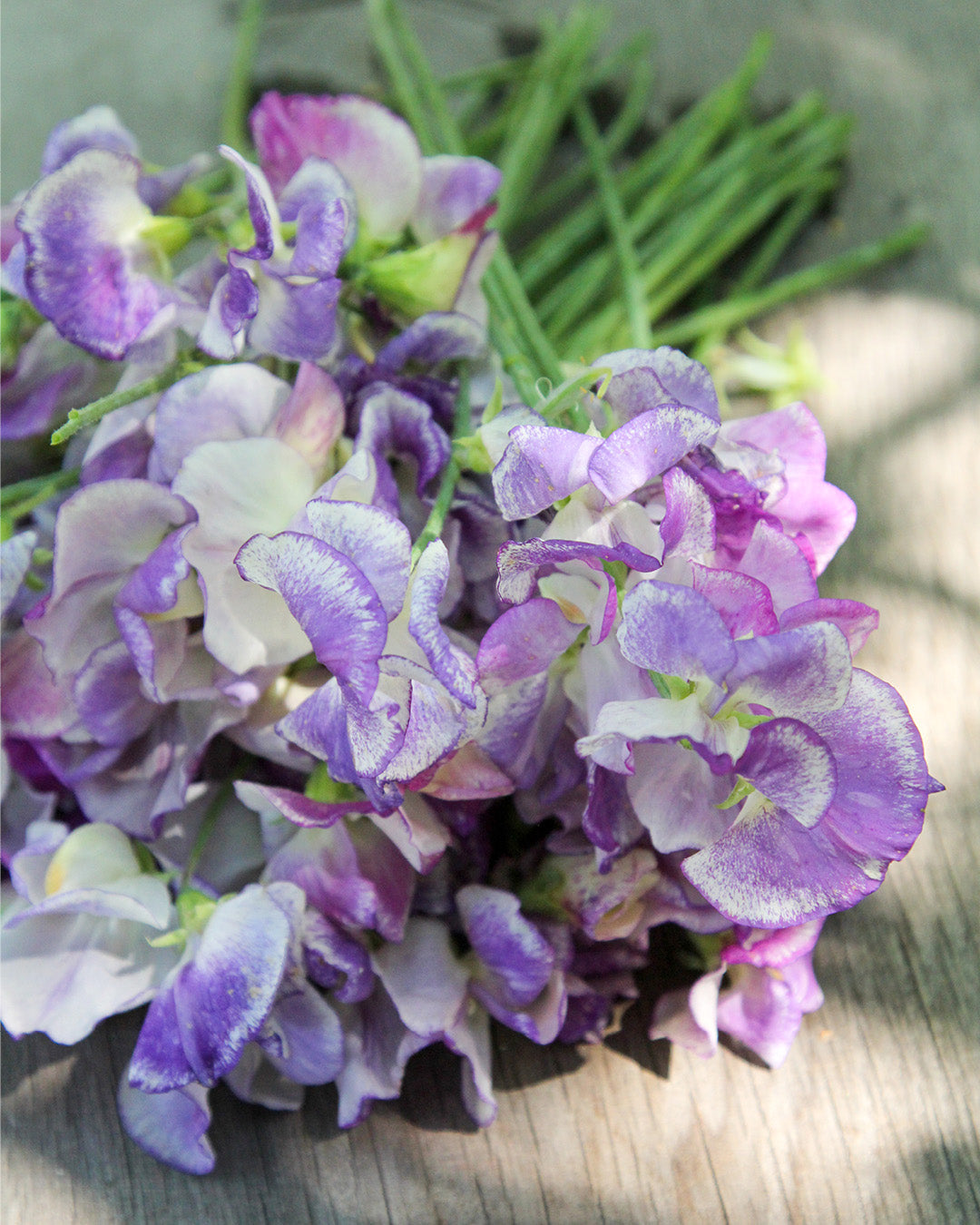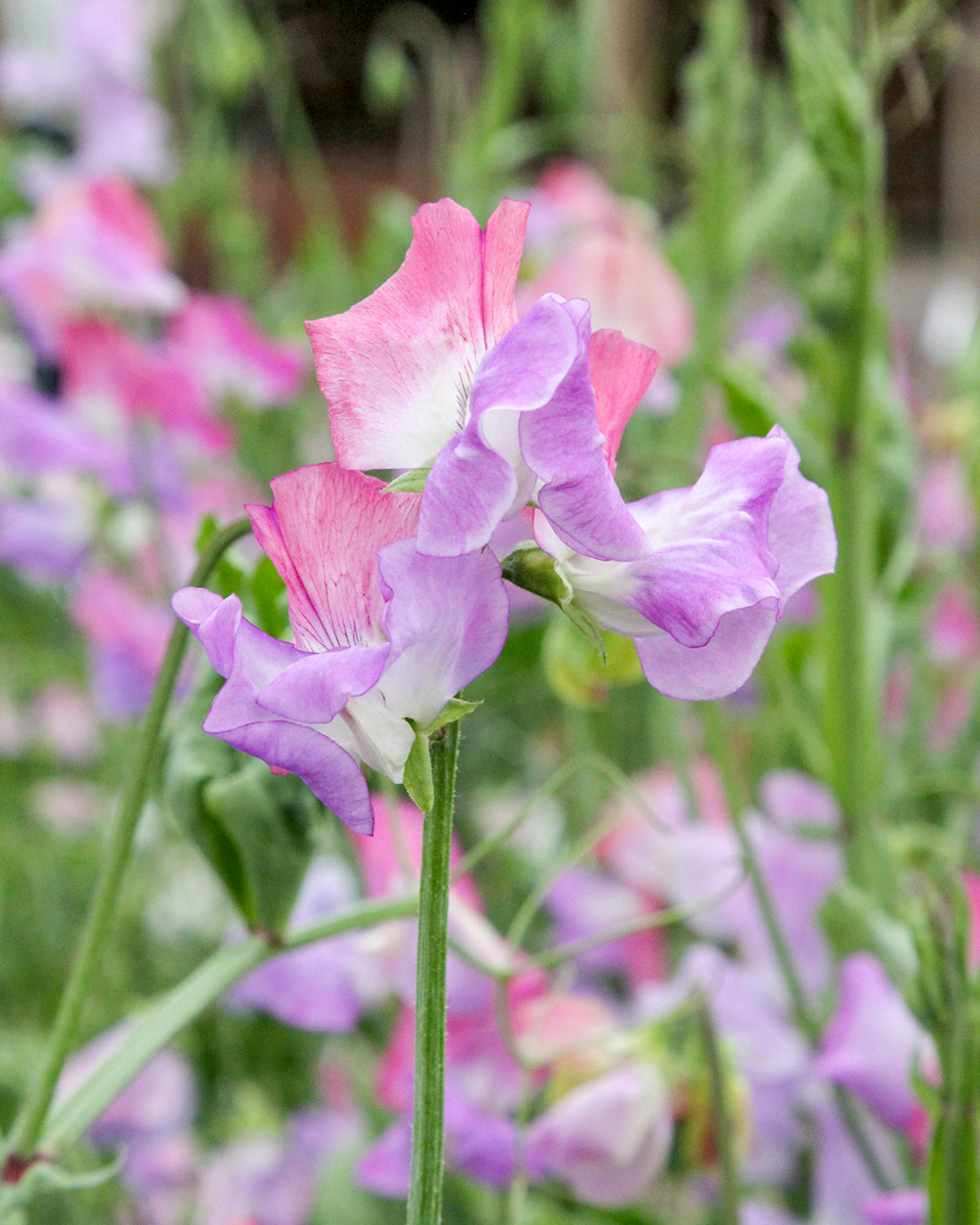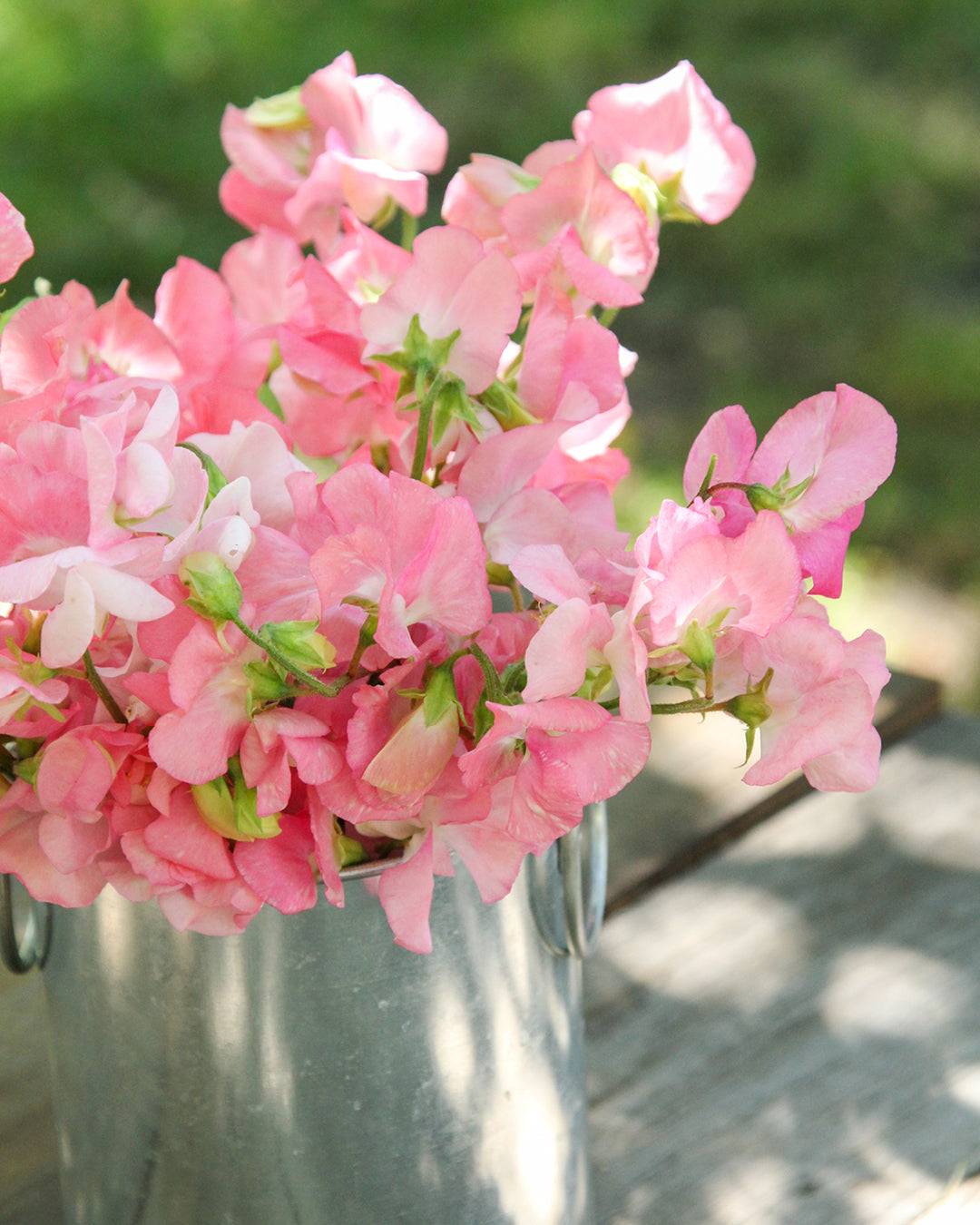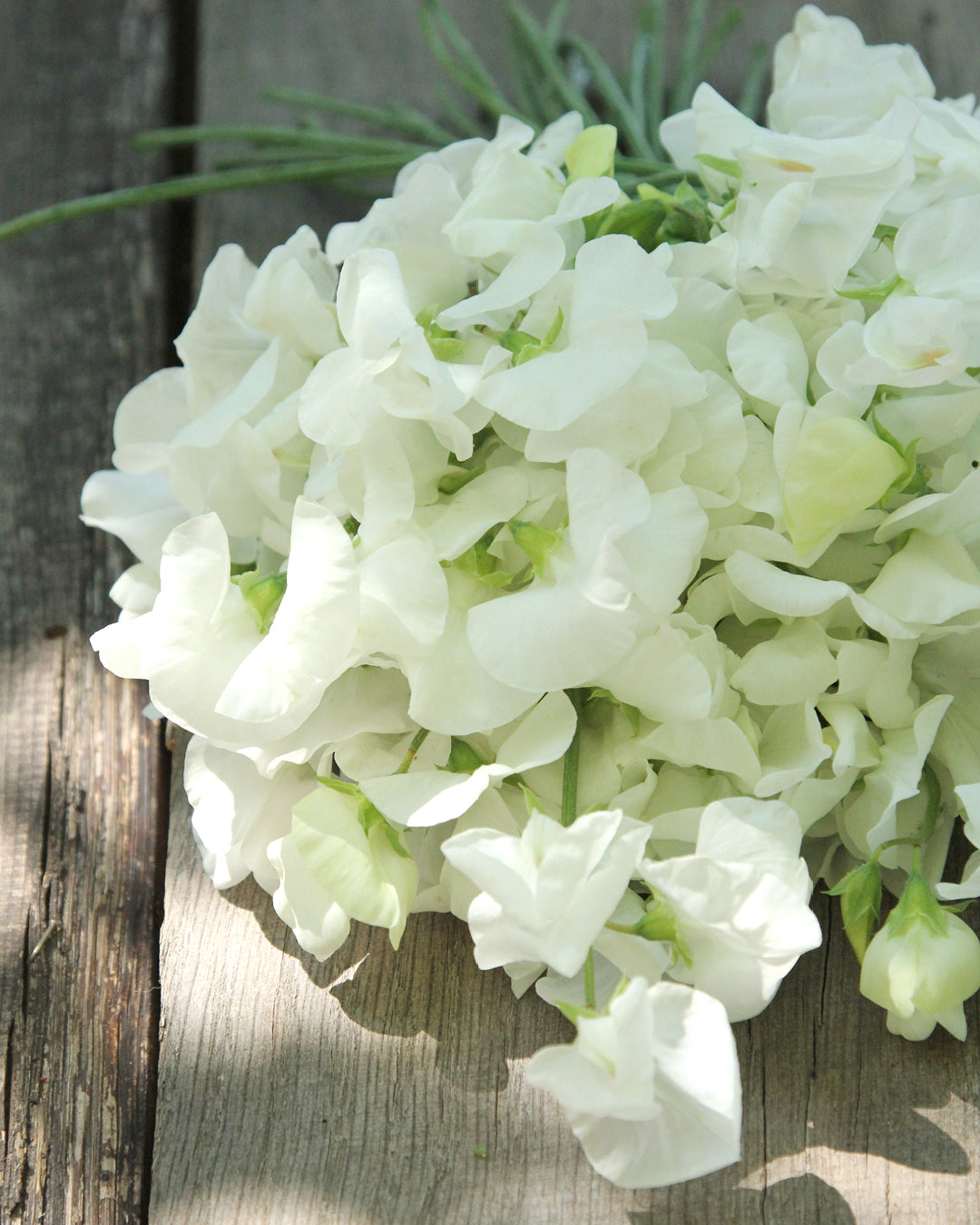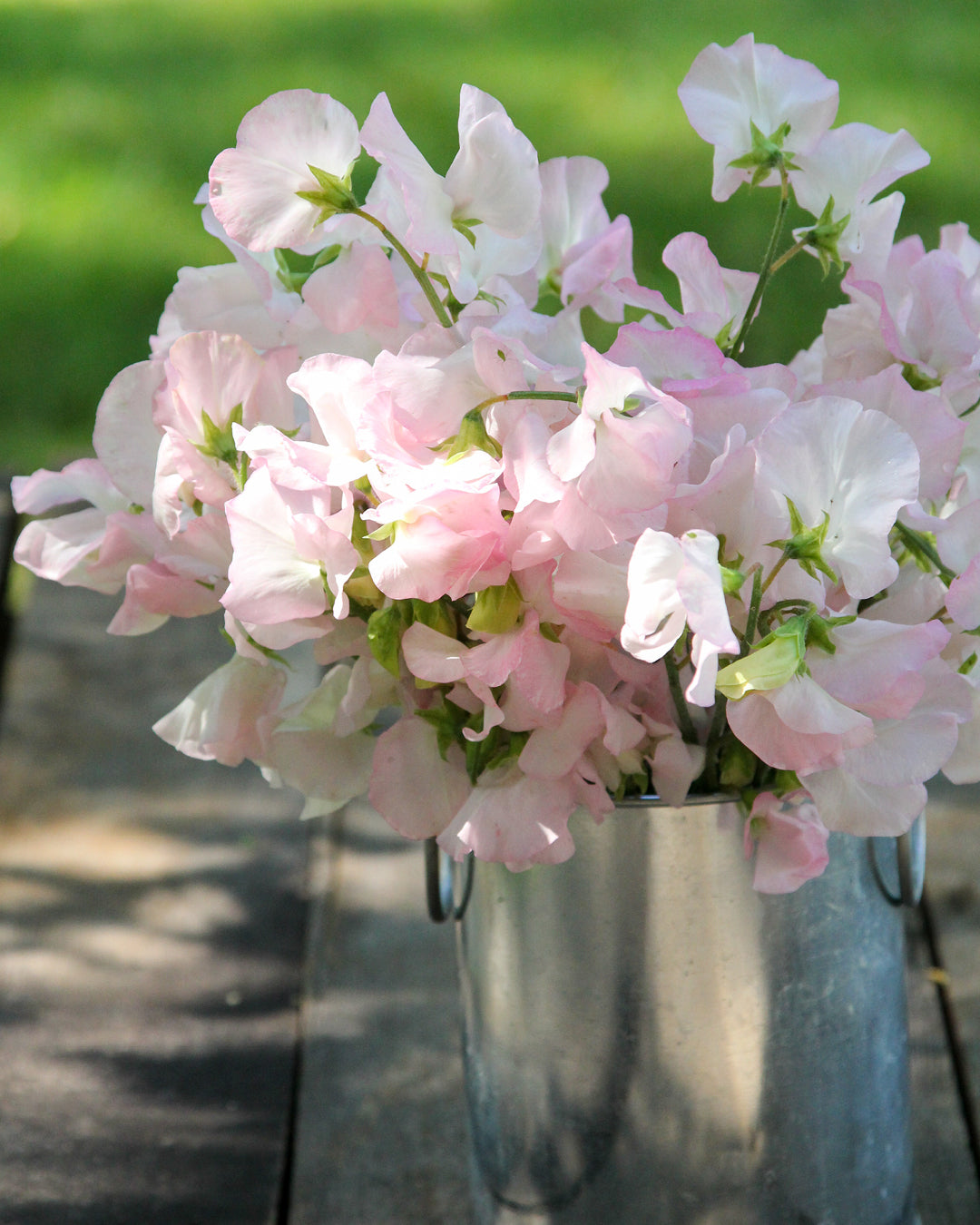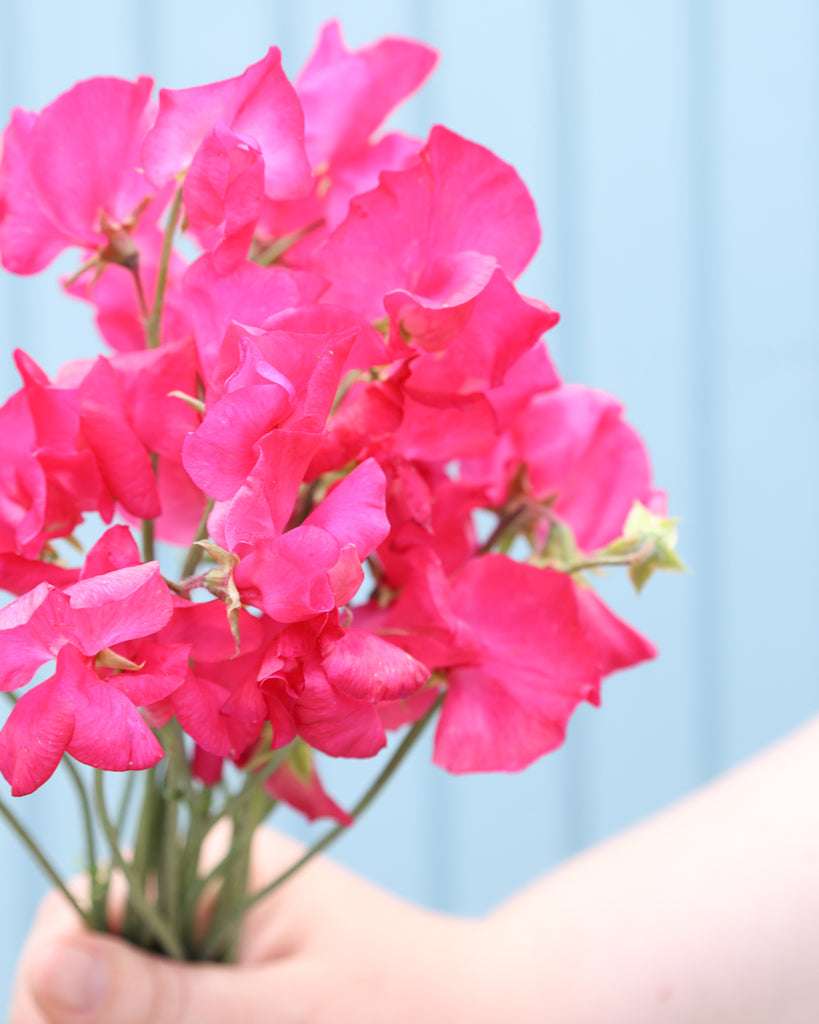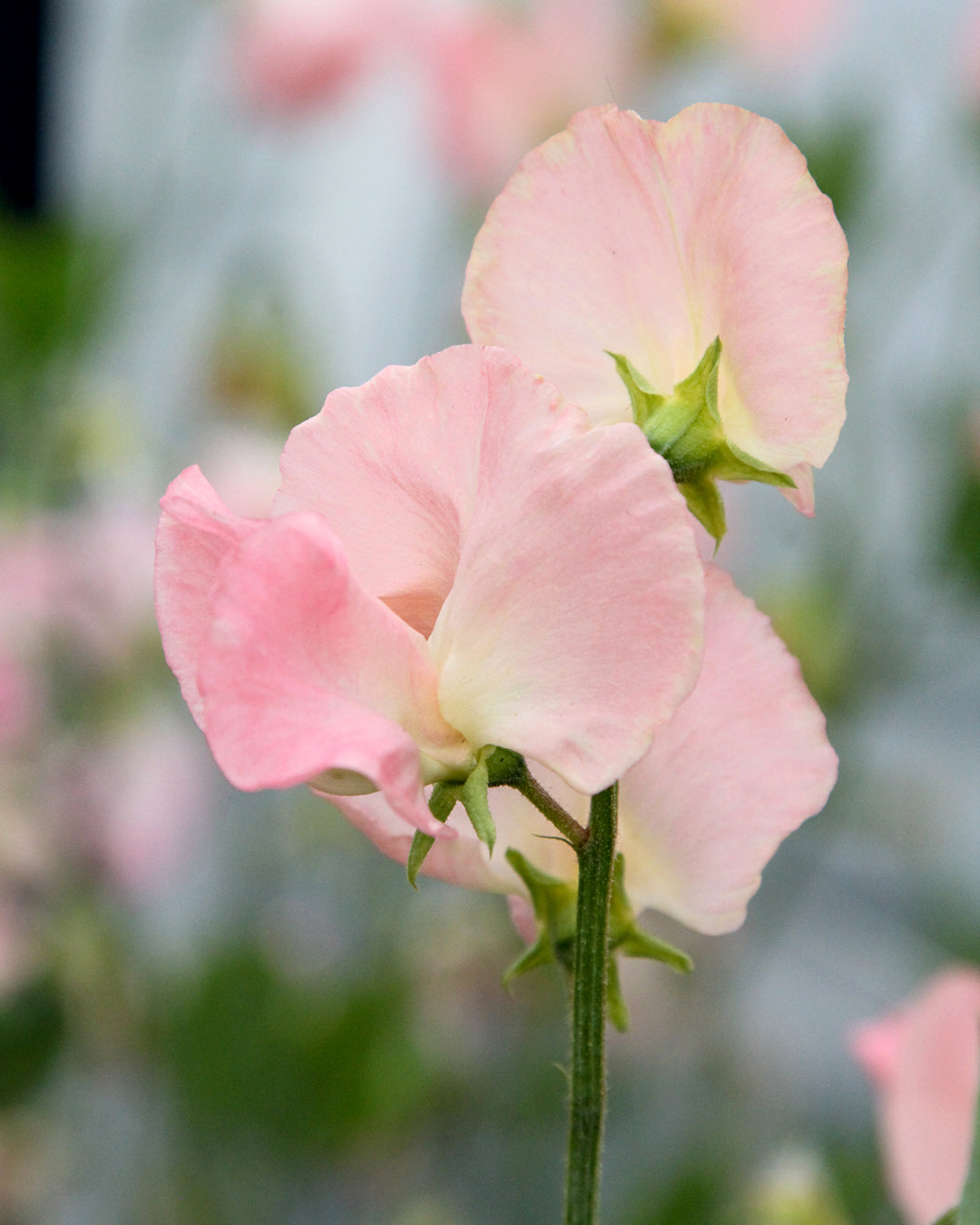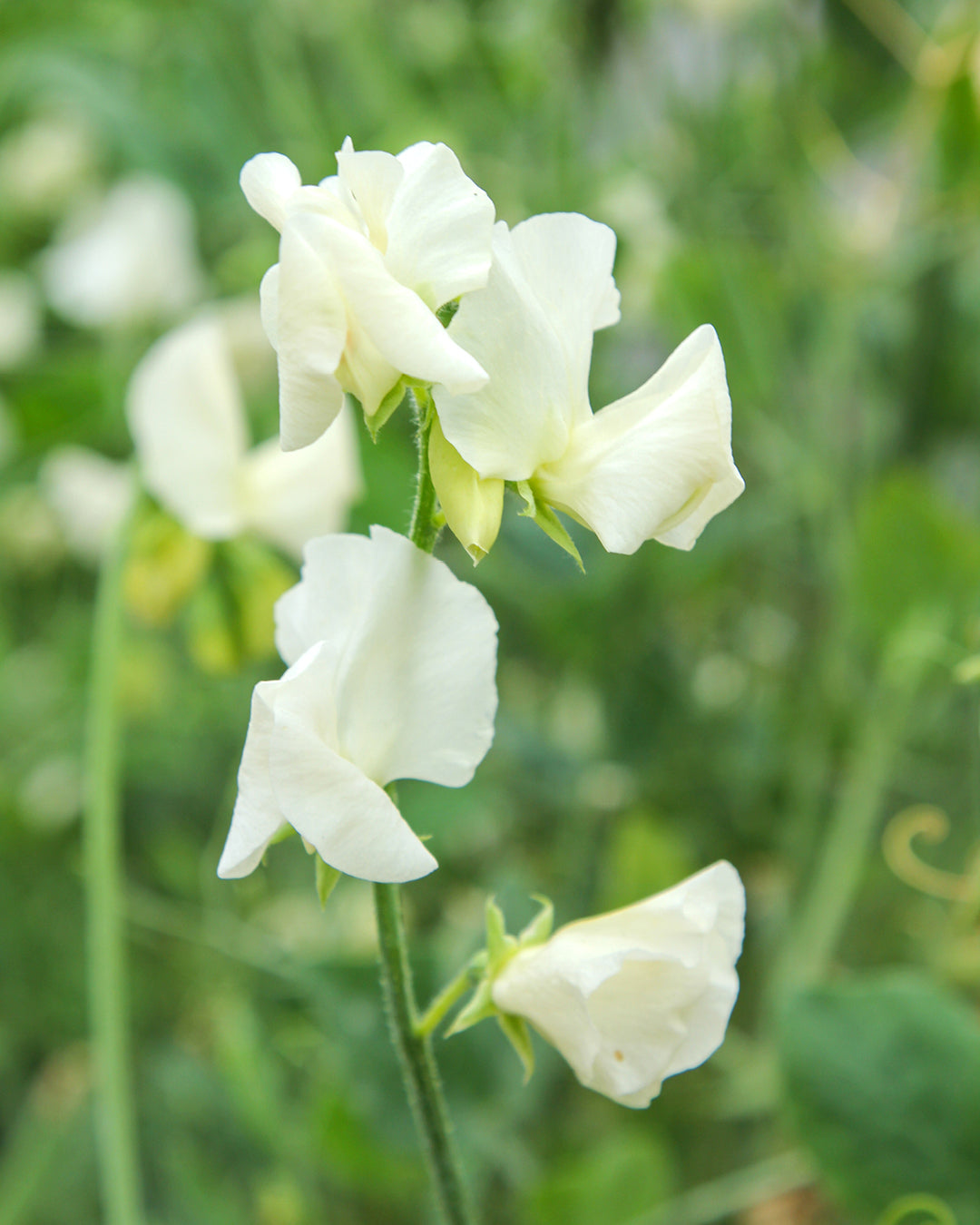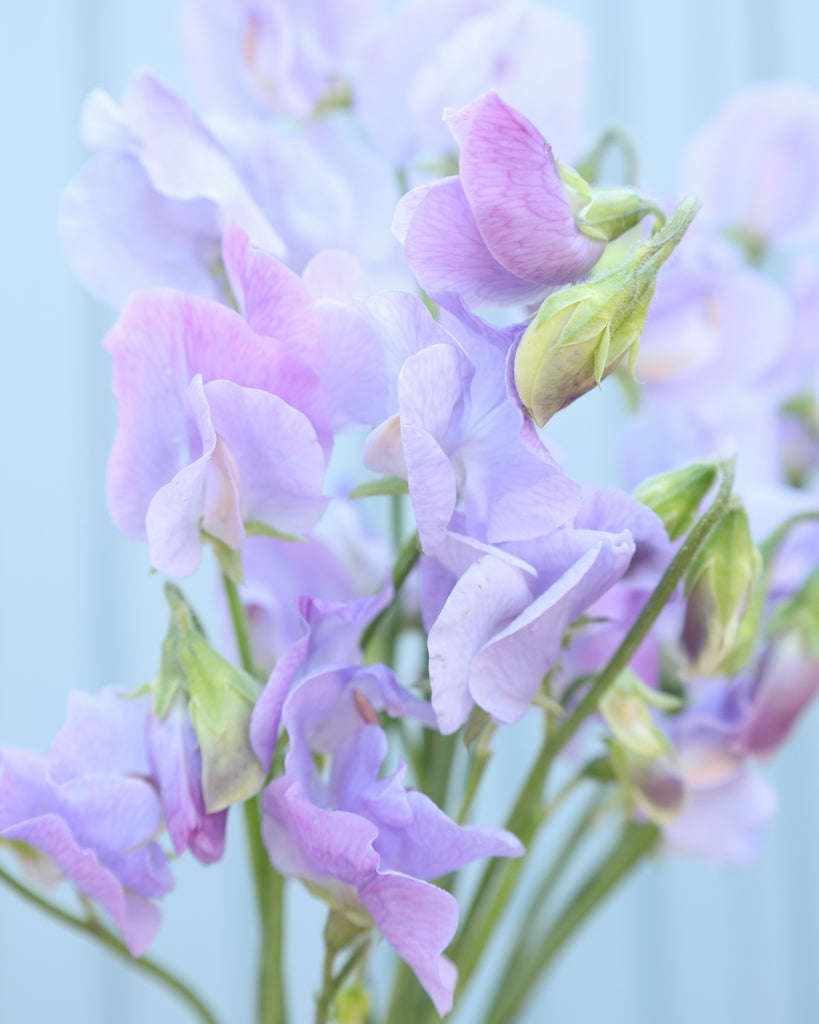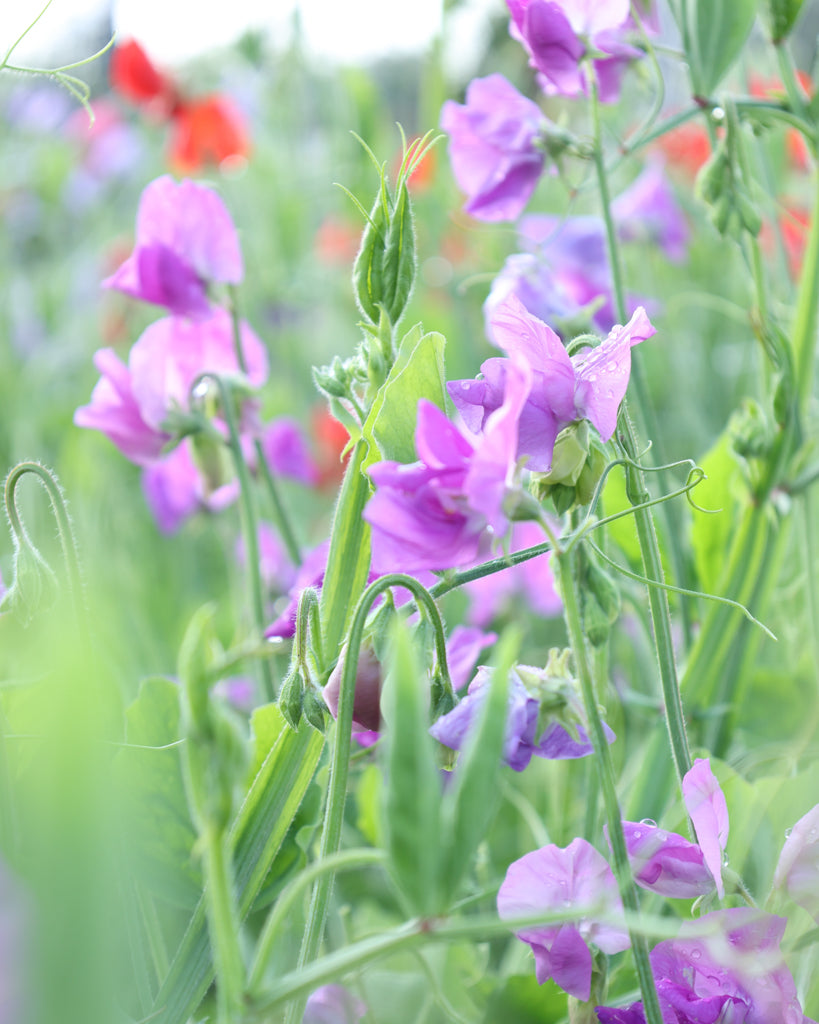Planting, caring for and pruning sweet peas (Lathyrus odoratus) – romance and floral magic for your garden and balcony
Sweet peas are among the most romantic summer flowers of all. These annual climbers, with their delicate tendrils and delicate blossoms, not only exude a wonderfully sweet fragrance but also add vibrant color to beds, balconies, or fences and trellises. Known botanically as Lathyrus odoratus, the plant originates from the Mediterranean region and has enchanted gardeners worldwide for centuries. Sweet peas are easy to sow, bloom throughout the summer—and the more often you cut them, the more flowers they produce. In this article, you'll learn everything you need to know about location, sowing, care, variety selection, and tips for using cut flowers.

Planting time – When is the right time?
Sowing sweet peas begins in March on a windowsill or in a greenhouse. A bright, but not too hot, location is important. The young plants can be planted outdoors from mid-May – after the Ice Saints. Those wishing to sow directly in the garden should also wait until May, as sweet peas are very sensitive to late frosts.
Flowering – When and how does the sweet pea flower?
The flowering period extends from June to September. Sweet peas belong to the Fabaceae family – their flowers are about 3.5 centimeters in size, have two lips, and are characterized by their wonderful fragrance. They offer a wide range of colors from white, pale yellow, pink, and mauve to vibrant blue or red. The more regularly you prune the flowers, the longer and more abundant the repeat blooms will be.
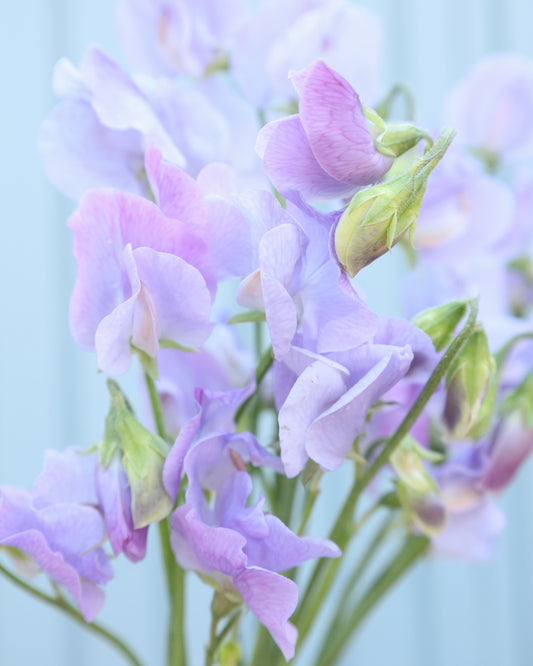
Sweet pea - Lathyrus odoratus 'Winter Sunshine Light Blue'
The sweet pea Lathyrus odoratus 'Winter Sunshine Light Blue' delights with delicate, light blue flowers measuring 3 to 5 cm in size and a wonderfully sweet fragrance. Its long stems make it an ideal cut flower to enhance any bouquet. Perfect for fragrant accents in the garden and in a vase!
Details:
Sowing indoors/greenhouse: February to April
Sowing outdoors: From May to June
Sowing depth: 1-2 cm
Germination time: 7-21 days
Height: 150 cm
Planting distance: 15 cm
Flowering time: June to September
Location: Sunny
Growing tips:
Sweet peas are so-called cool flowers (cold germinators) and grow even in cooler temperatures and poor light conditions. Sowing in the fall results in early flowering the following year.
However, the seeds can also be started in a warmer environment (13-18ºC) starting in February, or sown directly outdoors starting in late May. Sweet peas do not tolerate waterlogging or draughts.
For better germination, soak the seeds in lukewarm water in a dark place for 24 hours. The shell will then burst open, allowing germination to occur more easily.
The more often you pick the flowers, the more sweet peas will produce.
Use:
cut flower
Cool Flower
Cut flower:
Sweet peas will last 4 to 6 days in a vase if the water is changed regularly.
Bag contents:
approx. 15 seeds
Store in a cool, dry place.
Leaves and fruits – How do you recognize sweet peas?
The leaves of the sweet pea are gray-green and pinnate. The uppermost pair of leaves often forms tendrils, which the plant uses to climb supports. After flowering, flat, bean-like pods develop, which, unlike edible vetch varieties, should not be eaten.
Growth – How big will the plant grow?
Sweet peas grow rapidly and reach heights of 100 to 130 centimeters. There are both climbing and non-climbing varieties. The climbing varieties, in particular, require sufficient support—they develop vigor quickly and, with proper care, are almost impossible to stop.
Location – Where do sweet peas thrive?
A sunny, sheltered location is ideal, but the plant should be protected from intense midday heat. Fences, wires, trellises, or wooden frames are suitable for support. The soil should be nutrient-rich, well-drained, and evenly moist – waterlogging should be avoided.
Care – What should be considered?
In midsummer, it's worth lightly mounding the stems and providing them with fresh fertilizer—this stimulates a second wave of blooms. Sweet peas should be watered regularly, but never "kept wet." They are particularly susceptible to powdery mildew and gray mold when planted densely. Good ventilation is therefore essential.

Propagation – How does sowing succeed?
Propagation can begin indoors as early as March. Light, warmth, and a consistently moist substrate are essential. After the Ice Saints, the young plants can be moved outdoors. Those sowing directly into the bed should prepare the soil thoroughly and maintain sufficient spacing between the plants.
Variety tips – Fragrant variety for beds and vases
Sweet peas come in many varieties and colors. Some are particularly distinguished by their intense fragrance and prolific blooms:
- Hampton Court: strong lilac blue, romantic and striking
- Apricot Sprite: delicate apricot color, gradually fading into pastel
- Felicity Kendall: double flowering with delicate pink flowers, very elegant
Conclusion – Why sweet peas are worth it
Sweet peas are true classics among summer flowers. They combine nostalgia, fragrance, and vibrant color in a small space and are ideal for the garden, balcony, or cut flower bouquets. Those who prune regularly and pay attention to their care will be rewarded with new blooms for many weeks.

